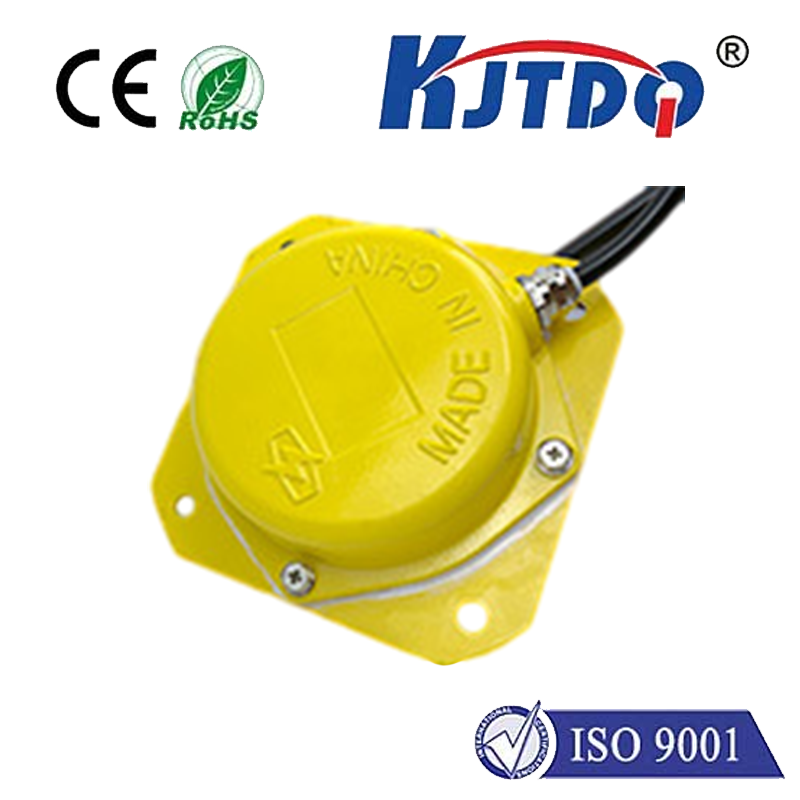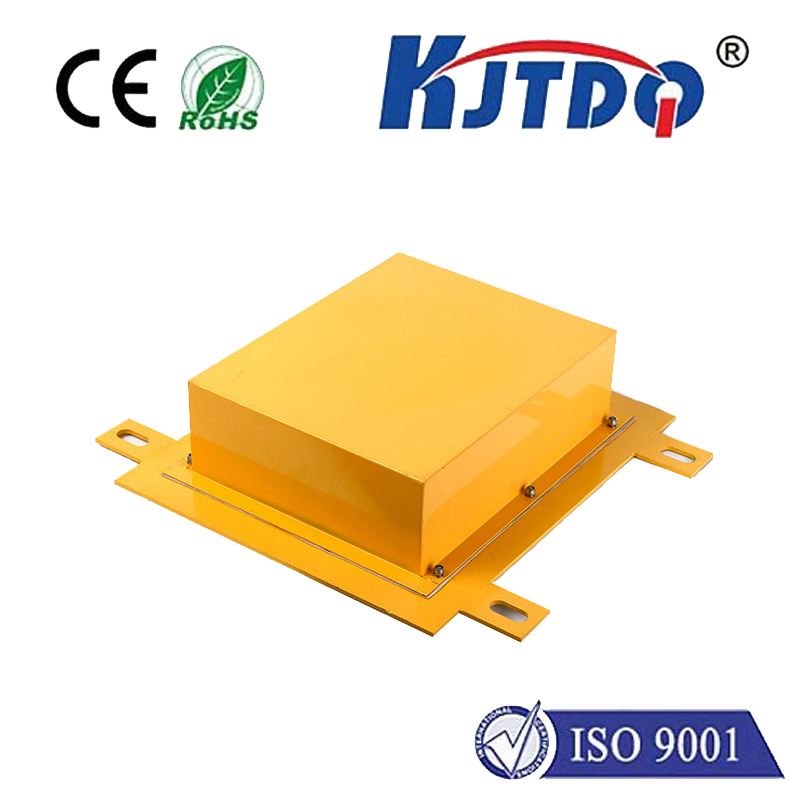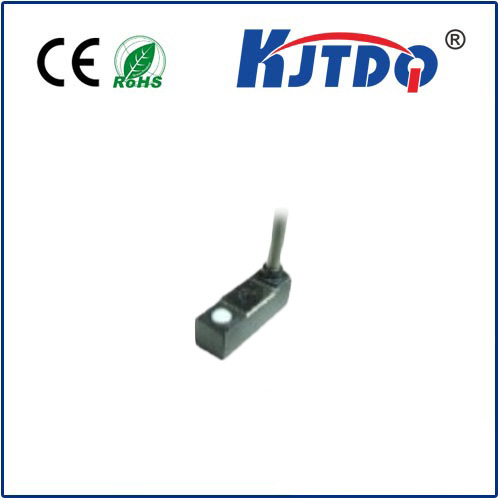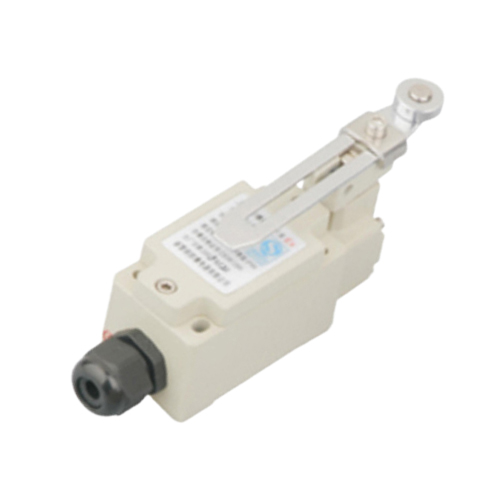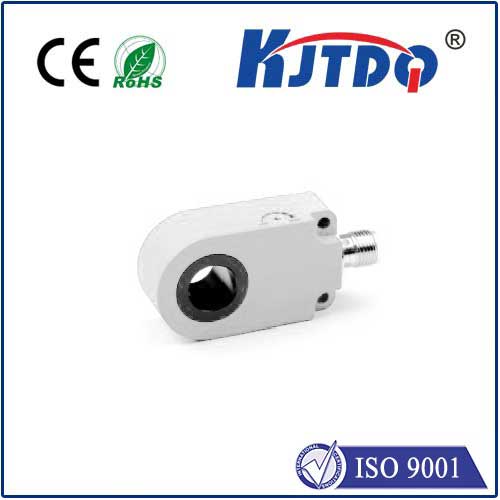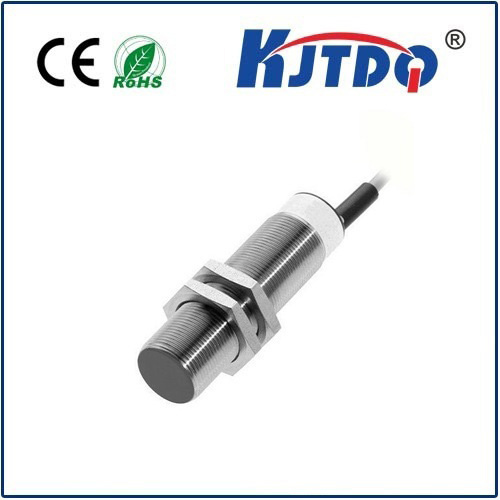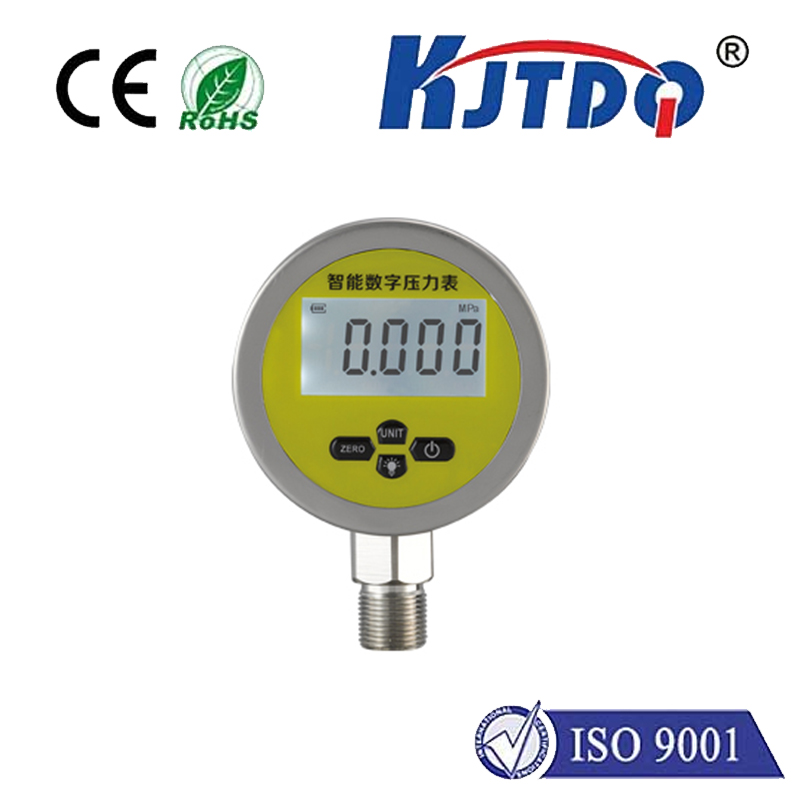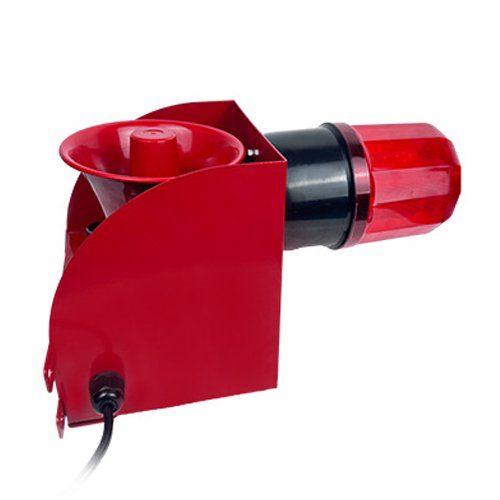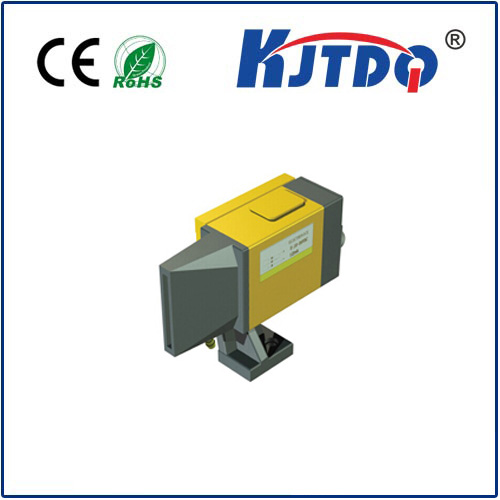high temp proximity sensor
- time:2025-06-12 20:55:53
- Click:0
High-Temperature Proximity Sensors: Unseen Guardians of Industrial Extreme Environments
In the searing heat of a foundry where molten metal flows, deep within the combustion chamber of a jet engine, or inside a reactor vessel operating at blistering temperatures – these are the realms where standard sensors fail. Yet, reliable detection and measurement remain crucial for safety, efficiency, and process control. Enter the high-temperature proximity sensor, the specialized sentinel designed to operate where others cannot. These rugged devices extend the reach of automation into the heart of industrial infernos, providing vital feedback when temperatures soar far beyond the limits of conventional electronics.
Demystifying the Core Function: Sensing Without Touch
At their essence, proximity sensors detect the presence or absence of an object within a defined range without physical contact. They achieve this through various physical principles – electromagnetic fields, capacitance changes, or ultrasonic waves being common. The most prevalent type used in demanding industrial settings is the inductive proximity sensor. These generate an oscillating electromagnetic field at their sensing face. When a metallic target enters this field, it induces eddy currents, causing a detectable change in the oscillation’s amplitude or frequency. This change triggers the sensor’s output signal, indicating the target’s presence.
The “High-Temperature” Challenge: Why Standard Sensors Fail
Standard proximity sensors are generally rated for temperatures up to 70-80°C (158-176°F), sometimes slightly higher. Beyond this point, critical components begin to degrade rapidly:

- Electronic Circuitry: Standard semiconductors and passive components have strict thermal limits. Prolonged exposure to excessive heat causes performance drift, signal distortion, and ultimately, component failure.
- Materials: Plastic housings, standard PCB substrates, and potting compounds soften, melt, or become brittle. Standard seals degrade, allowing contaminants entry.
- Magnetic Properties: The core materials used in inductive sensors can experience changes in permeability at high temperatures, significantly altering their sensing characteristics and range.
Engineering for the Extremes: How High-Temp Sensors Survive
High-temperature proximity sensors overcome these limitations through deliberate engineering choices:
- Specialized Materials: Ceramic encapsulation replaces plastic housing around the sensing coil and critical front-end electronics, offering superior thermal stability and insulation. High-temperature resistant alloys (like specialized stainless steels or Inconel) are used for housings and sensing faces. Mica or ceramic standoffs isolate heat-conductive paths.
- Thermal Management: Sophisticated thermal design draws heat away from sensitive internal components. This can involve:
- Extended Stems / Thermal Barriers: A long metal stem between the hot sensing face and the electronics compartment acts as a heatsink, allowing the heat to dissipate before reaching critical components.
- Active Cooling (in extreme cases): Some designs incorporate air or water cooling jackets directly around the sensor body.
- High-Temp Electronics: Utilizing specially selected semiconductors, capacitors, and resistors rated for continuous operation at 150°C, 200°C, or even higher.
- Robust Sealing: Special high-temperature seals (often metal or advanced composites like Grafoil®) ensure ingress protection (IP67/IP69K or better) even under thermal cycling stress.
- Compensated Sensing Coils: Designs account for the predictable changes in the magnetic properties of the core materials at elevated operating temperatures, maintaining consistent sensing distances.
Where the Heat Is On: Key Industrial Applications
The ability to withstand extreme heat makes these sensors indispensable across numerous demanding sectors:
- Metal Processing: Monitoring molds, dies, and ladles in foundries and die-casting; detecting billets, bars, and hot rolled products on conveyors exiting furnaces; position sensing in forging presses.
- Aerospace & Jet Engines: Detection and position feedback within engine test cells, monitoring turbine blade tip clearance (indirectly), and sensing components in high-heat zones during manufacturing and testing.
- Glass Manufacturing: Monitoring bottle/container positions on hot-end lehr conveyors, sensing molds and plungers in glass forming machines.
- Energy Generation: Position feedback on valves and actuators in gas turbines and steam turbines; monitoring systems within boilers and near combustion processes.
- Reforming & Petrochemicals: Detection and level sensing in catalytic crackers, reformers, and pyrolysis units where temperatures consistently exceed 150°C.
- Automotive Manufacturing: Engine testing rigs, exhaust component production, and paint drying ovens requiring post-cure part detection.
Selecting the Right High-Temp Guardian: Critical Factors
Choosing the appropriate high-temperature proximity sensor requires careful consideration:
- Continuous Operating Temperature: This is paramount. Specify the maximum ambient temperature the sensor body will be exposed to, not just the target temperature. Ratings commonly range from 150°C (302°F) to 300°C (572°F), with specialized units going higher.
- Peak/Cyclic Temperature: Can the sensor withstand brief excursions or rapid thermal cycles beyond its continuous rating?
- Sensing Technology: Inductive is most common for metals. Are non-metallic targets involved? Consider capacitive or ultrasonic options (though high-temp variants are less common).
- Sensing Distance: Ensure the nominal sensing range (Sn) meets the application’s requirements at the operating temperature, as range can decrease with heat. Temperature derating curves provided by manufacturers are essential.
- Target Material & Size: For inductive sensors, the target’s material (ferrous/non-ferrous) and size impact the effective sensing range.
- Housing & Connection: Robust stainless steel (often 316L or 321) or nickel alloys are standard. Consider mechanical strength, chemical resistance, and connection type (connector vs. cable exit, M12/M8).
- Output Type & Electrical Specs: PNP/NPN, NO/NC, voltage/current ratings compatible with your control system.
- Environmental Protection: Required IP rating for dust, moisture, and washdown environments. Resistance to specific chemicals or abrasive media may also be needed. High-temperature cables are mandatory.
The Indispensable Role: Safety, Efficiency, and Uptime
Implementing reliable high-temperature proximity sensors translates directly into tangible benefits:
- Enhanced Safety: Preventing equipment damage or hazardous situations by ensuring components are in the correct position before high-heat processes commence.
- Process Optimization: Precise position feedback allows for tighter control of high-temperature processes, improving product quality and consistency (e.g., consistent filling levels in hot molds).
- Maximized Uptime: Rugged construction and thermal resilience drastically reduce sensor failure rates in harsh environments, minimizing costly unplanned downtime for replacements.
- Reduced Maintenance: Durable designs endure punishing conditions longer, lowering the frequency and cost of maintenance interventions.
High-temperature proximity sensors are not just components; they are mission-critical enablers. They allow automation and process control to penetrate environments previously considered hostile to electronics, unlocking new levels of efficiency and safety in the world’s most demanding industries. From the glow of molten metal to the roar of a jet turbine, these unseen guardians provide the reliable eyes that keep high-heat operations running smoothly and safely. Selecting and deploying the right sensor requires understanding the extreme demands and leveraging the specialized engineering that makes reliable high-temperature detection possible.






